 |
Construction of an ICQ |
| << Flow Charts and Internal Control Questionnaires |
| Audit evidence through Audit Procedures >> |
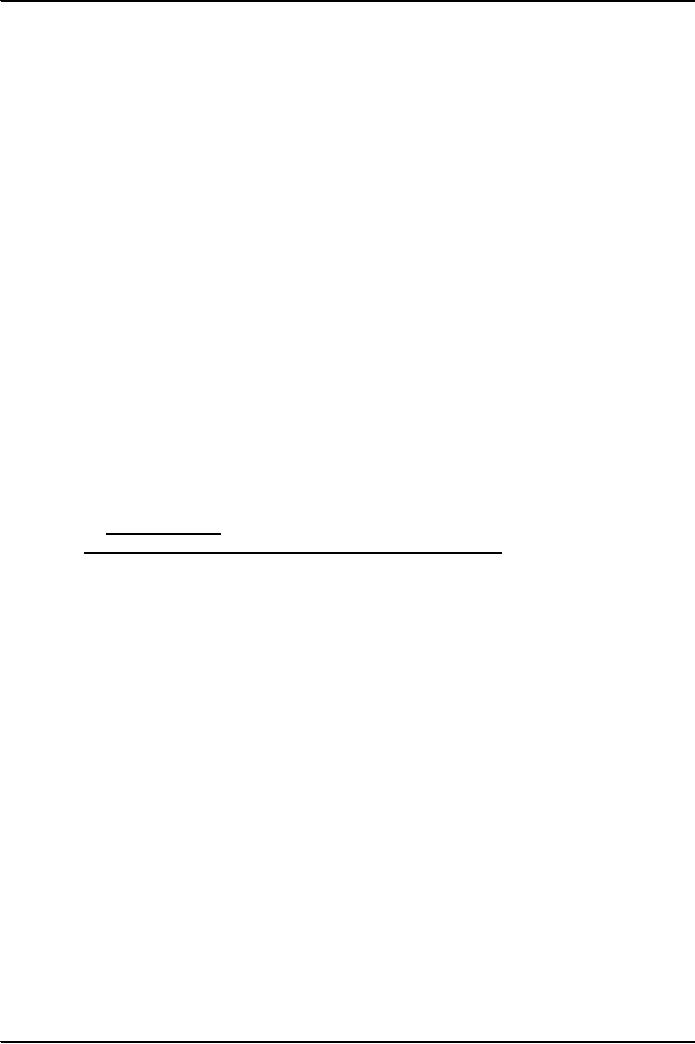
Fundamentals
of Auditing ACC 311
VU
Lesson
19
INTERNAL
CONTROL QUESTIONNAIRE
Having
ascertained,
confirmed and recorded the
system, the auditor now
needs to carry out a
preliminary
evaluation of the
system in order to make a
decision as to whether he will:
� Rely
on internal controls and adopt a
systems audit approach,
or,
� Perform
extensive substantive testing. Using a
verification approach to the
audit.
Internal
Control Questionnaire
An ICQ
is a formal and usually
standardized document which
comprises:
3. A
list of internal controls in existence
and
4.
Highlights any
weaknesses.
Features:
� Used
in large company
audit
� Used
to place reliance on internal
controls
� Used
to design audit
approach
Objectives:
(i)
To ascertain
a clients
systems of accounting and
internal control
(ii)
To evaluate
the
control system thus
recorded, and hence
(iii)
To identify
those
controls which indicate strengths in the
system upon which the
auditor
will
seek to place reliance,
and
(iv)
To identify
those
areas over which there
are weak or no controls and
which therefore
must
be subjected to more extensive
substantive testing and
reported by inclusion in the
Management
Letter.
Construction
of an ICQ
(I) It
is good practice when designing
ICQs to state, as a brief
introduction:
(a) a
list of control objectives
which each sub-system under consideration
should seek to achieve
(b)
any business considerations
specific to the enterprise under review
which should be taken
into
account.
The
reason for this is essentially to
highlight for the audit staff
key areas for their
consideration to the audit
staff.
II)
The questions in an ICQ should be
designed to ascertain whether the control
objectives are being
achieved
and should therefore cover such
aspects as:
(a)
instructions given to staff in the performance of
their duties
(b)
authorization procedures
(c)
documents and procedures
used to originate transactions
(d) recording
procedures
(e)
sequence of procedures
(f)
custody procedures
(g)
relative independence of the persons
involved at each stage of a
transaction (i.e. segregation
of
duties).
(III)
The questions should be framed
such that a Yes/No answer is
given, with a No answer
usually
indicating
a control weakness.
(IV)
An ICQ should carry such
basic information as:
(a)
the name of the document (ICQ)
(b) the
system to which it relates
(e.g. purchasing
cycle)
(c)
the client to whom it relates
(d) the
accounting period under review
(e)
evidence of who has prepared
and reviewed the document
(f)
the provision of columns
for:
- Yes
and No answers
-
comments where neither Yes
or No are applicable
-
indicating the significance or otherwise
of apparent weaknesses
68
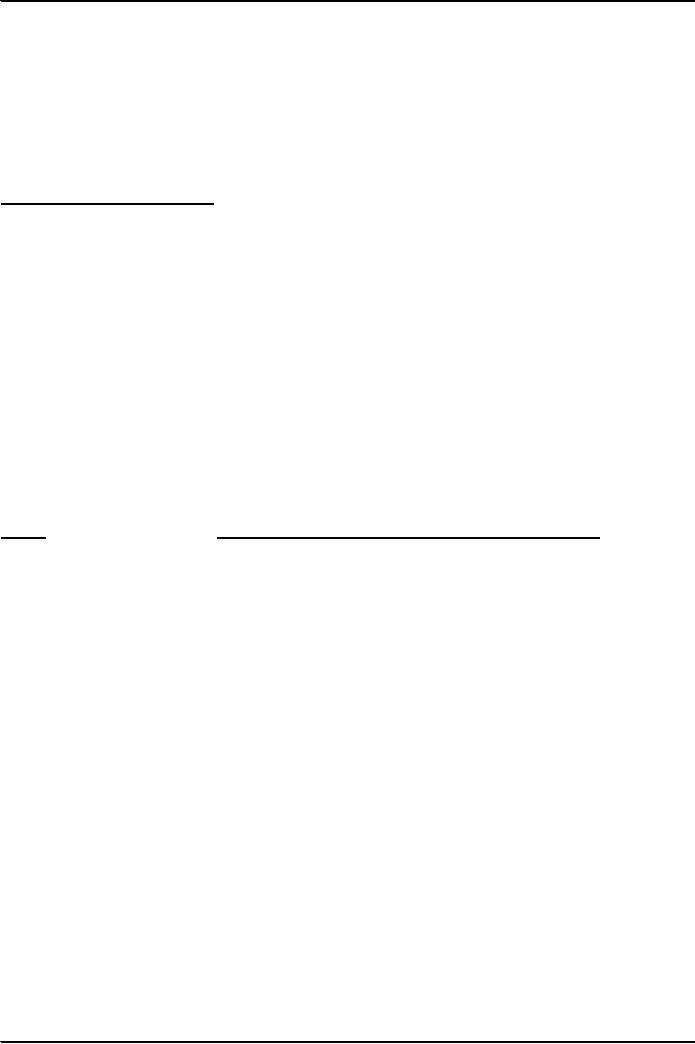
Fundamentals
of Auditing ACC 311
VU
-
references to audit
programs
-
references to Management
Letters.
Example
of part of an ICQ
INTERNAL
CONTROL QUESTIONNAIRE
Prepared
by: ________
Date:
________
CLIENT:
___________
PERIOD:
_____
Reviewed
by:________
Date:
________
THE
PURCHASING CYCLE
(a)
Control objectives.
(b)
Business considerations.
(c)
The questionnaire
a) Control
objectives
To
ensure that:
(i)
Purchased goods/services are
ordered under proper authorities and
procedures
(ii)
Purchased goods/services are
only ordered as necessary for the
proper conduct of the business
operations
and are ordered to suitable
suppliers
(iii)
Goods/services received are effectively
inspected for quality, quantity
and condition
(iv)
Invoices and related documentation
are properly checked and
approved as being valid before
being
entered as trade
payables
(v)
All transactions relating to trade
payables are valid
(suppliers invoices, credit notes
and
adjustments),
and only those valid
transactions should be accurately
recorded in the accounting
records.
b)
Business considerations
Points
Effect on
audit procedures and on financial
statements
(i)
Nature of the company's
-
Auditor must be aware of
the
purchases.
Varying
nature of goods
purchased.
(ii)
The existence of a
- As
far as possible ordering
should
purchasing
department.
be
centralized.
(iii)
The company's
- The
fixing of minimum/maximum
purchasing
policy.
Inventory
and re-order levels should ensure
efficient control.
However,
buying
in bulk, with resulting higher inventory
levels may be part of
a
company
policy to reduce unit costs,
in which case
inventory
obsolescence
and storage cost problems
may arise.
(iv)
The selection of suppliers. -
The purchasing department should maintain a
supplier's register to
record
past purchases, prices, and
satisfaction received etc.
The constant
seeking
of alternative sources of supply at keener
prices is an indication of
efficient
management
69
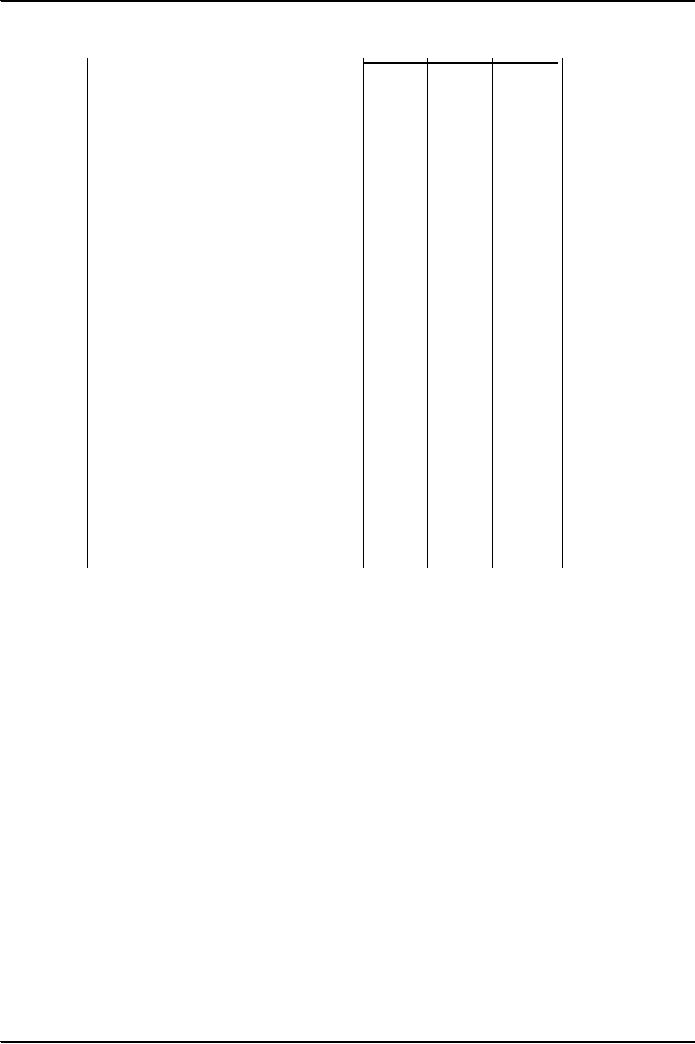
Fundamentals
of Auditing ACC 311
VU
(C)
Questionnaire
Yes/
No
Comments
References
Initiation and
authorization
�
Are
standard (Purchase)
order
forms
(SOFs) issued showing
names of
suppliers, quantities
ordered and
prices?
�
Are copies
of SOFs retained on
file?
�
Who
authorizes orders and
what are
their authority limits?
�
Are the
persons in 3 above
independent of those
who issue
requisitions?
�
Is a record kept, of
orders placed
but not executed? (If
yes, specify
type of
record kept and filing
sequence).
Custody
�
Are goods
from suppliers
inspected on arrival as
to quantity
and quality?
�
How is the receipt of
supplies
recorded (e.g. by
Goods Received
Notes)?
�
Are these
records prepared by a
person independent of
those
responsible
for:
- ordering
functions?
- processing
and
-
recording?
Criticism
on ICQs
� ICQs
represent an attempt at a formalized, systematic,
approach to the audit of large
complex
organizations.
� It is however
increasingly apparent that
such questionnaires can
become too complex, lengthy
and
detailed
for meaningful evaluation of accounting
systems.
� There is a
danger that ICQs can
provoke too formalized an approach to an
assignment; that will
be
concentrating as
they do on
the controls themselves
rather
than upon the fraud or
irregularity that the
controls
are designed
to prevent.
Internal
Control Evaluation Checklists
To
overcome the above discussed
possible shortcomings, many
auditing practices have
amended their
approach
to internal control evaluation by the
adoption of a different type of document,
Internal
Control
Evaluation
Checklists (ICEC).
The
ICEC is designed to determine; whether
desirable internal controls are
present?, using key
control
questions
to ascertain where specific
frauds or errors are
possible.
It is
normally employed where
system's information has already
been
recorded (usually in the form
of
flowcharts).
Key
questions are asked in an
ICEC, the answers to which
prompt further supplementary
questions.
Reference
is made to a supporting flowchart
which is the means of ascertaining the
existing systems. This
makes
the ICEC document shorter and less
complex, but it may require
more skill and judgment on
the
part
of the auditor to interpret the completed
form.
Note
that virtually all the rules
applicable to the construction of an ICQ apply to the
construction of an
ICEC.
70
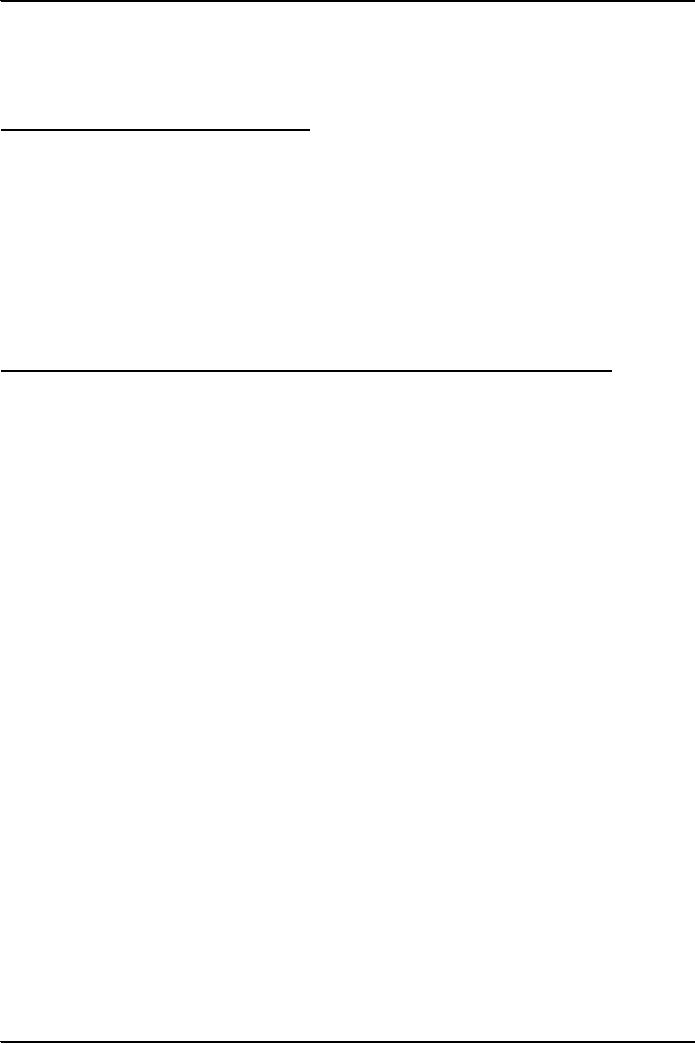
Fundamentals
of Auditing ACC 311
VU
Example
of ICEC
INTERNAL
CONTROL EVALUATION
CHECKLIST
Prepared
by: ________
Date:
________
CLIENT:
___________
PERIOD:
_____
Reviewed
by:________
Date:
________
PURCHASES
PAYABLES PAYMENTS
(a)
Control objectives.
(b)
Business considerations.
(c)
The checklist
a) Control
Objectives
As per
ICQ
b)
Business Consideration
As per
ICQ
c) The
Checklist
1 Purchases
Comments
Reference
1.1
Can goods be purchased without
authority?
(a)
purchase requisitions and order
approvals?
(b)
limit of buyers authority to
order?
(c)
purchasing segregated from
receiving,
accounts
payable and inventory
records?
(d) un
issued orders safeguarded
against loss?
1.2
Can liabilities be incurred although
goods
not
received?
(a)
receiving segregated from
purchasing,
accounts
payable and inventory
records?
(b)
are all goods passed
directly to stores?
(c)
GRNs or equivalent prepared
independently?
(d)
adequate comparison with order,
claims for
short shipment
etc?
(e)
invoices, GRNs, direct to accounts
payable not
purchasing?
(f)
invoices checked to order
and GRNs, prices
checked?
(g)
check of extensions, additions,
discounts?
(h)
documents cancelled to prevent
re-use?
(i)
unmatched documents investigated
regularly?
(j)
freight checked, bills
matched to
consignments?
(k)
purchase returns and
allowances controlled -
follow-up?
(I)
forward purchases controlled?
1.3
Can cut-off errors occur?
(a)
time lapse from receipt of
goods to invoice
processing?
(b)
valuation of unmatched GRNs?
(c)
adequate control and recording of
receipts?
1.4
Can invoices be wrongly
allocated?
(a)
nominal ledger
analysis?
(b)
analysis independently checked?
(c)
staff purchases controlled?
(d) independent
and regular review?
71
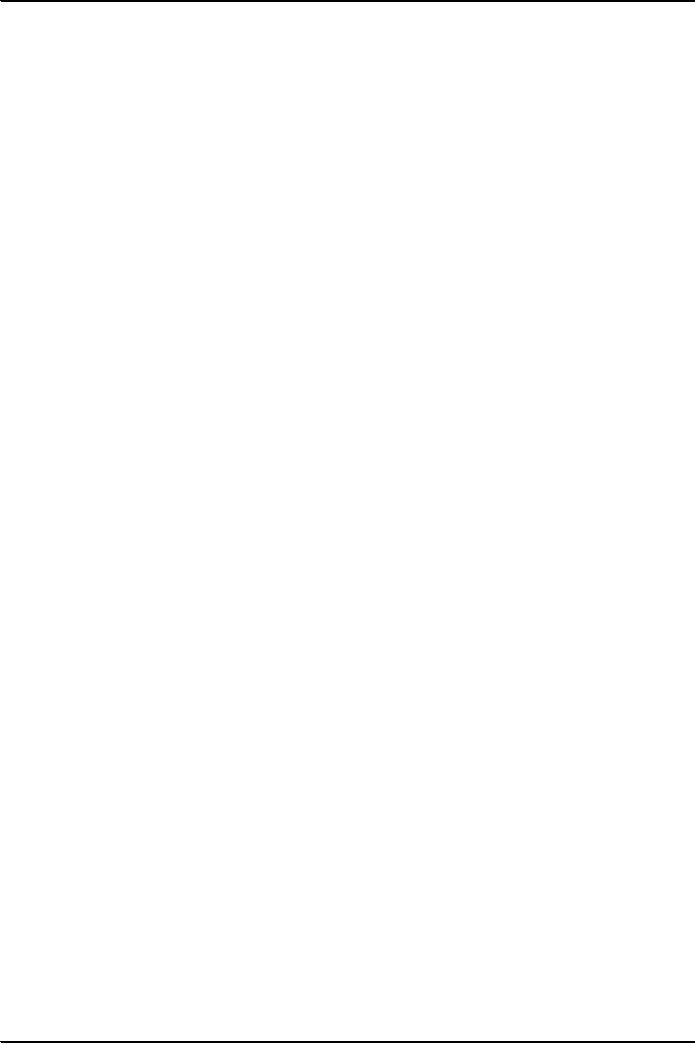
Fundamentals
of Auditing ACC 311
VU
1.5
Can liabilities be recorded for
goods or services not
ordered?
(a)
goods received without
authority?
2
Payables
2.1
Can liabilities be incurred but not
recorded?
(a)
payables balances agreed
periodically?
(b)
suppliers statements independently
reconciled?
(c)
invoice register?
(d)
forward contracts?
(e)
order backlog follow
up?
(f)
debit balances controlled?
3
Payments
3.1
Can payments be made if not properly
supported?
(a)
discounts taken?
(b)
control over invoices before
validating complete?
(c)
cheque signatories independent of
purchasing, receiving, accounts
payable and cheque
preparation?
(d)
signatories examine support
for payment,
check
completeness, cancel
support?
(e)
control over signature
plates or pre-signed
cheques?
(f)
control where one
signature?
(g)
frequency with which cheques
mailed?
(h) independent
regular bank reconciliation, with
cheques
directly from bank and
review
reconciliation?
(i)
cheques crossed account
payee only,
continuity
accounted for, control over
unused
cheques?
(j)
bank transfers controlled - standing
orders?
(k)
issue of bearer or cash'
cheques?
(I)
advances and loans
controlled?
(m)
bank transfer payments, traders
credits, direct
debits?
3.2
Can payments for non-routine purchases be
made if not authorized or
properly
supported?
(a)
services,
expense accounts, taxation
payments
in
advance, staff purchases and
goods on
consignment?
3.3
Can non-current assets be acquired or
removed without proper authorization and
recording?
(a)
approved work
orders for non-current
assets
and
major repairs?
(b) approval of
cost over-runs?
(c)
reporting of scrapping or
disposals?
(d)
detailed non-current asset
register, regular
physical
inspection and review of values?
(e)
periodic insurance appraisals,
adequate
coverage?
(f)
control over loose
tools?
Limitations
of the effectiveness of Internal
Control
It is
possible to reduce the volume of
transaction testing required in conducting an
audit if the internal
controls
are sound and are operating
effectively, but it is not likely
that an auditor will be able
to rely on
internal
controls entirely. This is because all
control systems have
inherent limitations such
as:
a)
The
need to balance the cost of the
control with its
benefits
72
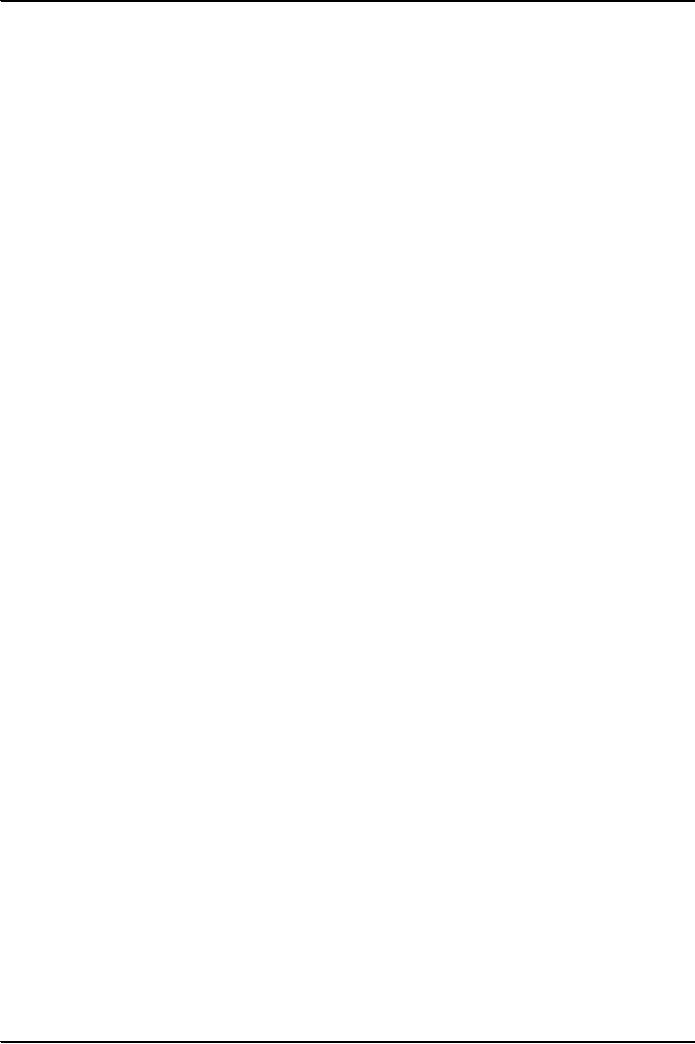
Fundamentals
of Auditing ACC 311
VU
b)
The
fact that internal controls are applied
to regular, recurring transactions, not
one off year
end
adjustments or unusual transactions,
which are often large
and subject to error.
c)
The
potential for human
error
d)
The
possibility of fraudulent collusion (two
or more persons operating together) to
`get round'
controls
that segregate duties. For
example; the supervisor responsible
for checking and
authorizing
overtime claims could collude with
employees, to enable excess
overtime payments
to be
claimed.
e)
The
abuse of authority and
override of controls by senior managers
or the owners of the
business.
Abuse of authority might involve
ordering personal goods
through the firm. It is very
easy
for directors and managers
of organizations of any size to instruct
staff to bypass normal
procedures
such as the requirement for authorization
for payments.
f)
The
obsolescence of controls which have
not changed to reflect changes in the
business
activities
or organization.
In
practice, the training of auditors always
involves a warning never to rely on internal controls
entirely, no
matter
how effective they may appear to
be. Hence some verification
of transactions is always carried
out as
part
of the auditor's work.
73
Table of Contents:
- AN INTRODUCTION
- AUDITORS’ REPORT
- Advantages and Disadvantages of Auditing
- OBJECTIVE AND GENERAL PRINCIPLES GOVERNING AN AUDIT OF FINANCIAL STATEMENTS
- What is Reasonable Assurance
- LEGAL CONSIDERATION REGARDING AUDITING
- Appointment, Duties, Rights and Liabilities of Auditor
- LIABILITIES OF AN AUDITOR
- BOOKS OF ACCOUNT & FINANCIAL STATEMENTS
- Contents of Balance Sheet
- ENTITY AND ITS ENVIRONMENT AND ASSESSING THE RISKS OF MATERIAL MISSTATEMENT
- Business Operations
- Risk Assessment Procedures & Sources of Information
- Measurement and Review of the Entity’s Financial Performance
- Definition & Components of Internal Control
- Auditing ASSIGNMENT
- Benefits of Internal Control to the entity
- Flow Charts and Internal Control Questionnaires
- Construction of an ICQ
- Audit evidence through Audit Procedures
- SUBSTANTIVE PROCEDURES
- Concept of Audit Evidence
- SUFFICIENT APPROPRIATE AUDIT EVIDENCE AND TESTING THE SALES SYSTEM
- Control Procedures over Sales and Debtors
- Control Procedures over Purchases and Payables
- TESTING THE PURCHASES SYSTEM
- TESTING THE PAYROLL SYSTEM
- TESTING THE CASH SYSTEM
- Controls over Banking of Receipts
- Control Procedures over Inventory
- TESTING THE NON-CURRENT ASSETS
- VERIFICATION APPROACH OF AUDIT
- VERIFICATION OF ASSETS
- LETTER OF REPRESENTATION VERIFICATION OF LIABILITIES
- VERIFICATION OF EQUITY
- VERIFICATION OF BANK BALANCES
- VERIFICATION OF STOCK-IN-TRADE AND STORE & SPARES
- AUDIT SAMPLING
- STATISTICAL SAMPLING
- CONSIDERING THE WORK OF INTERNAL AUDITING
- AUDIT PLANNING
- PLANNING AN AUDIT OF FINANCIAL STATEMENTS
- Audits of Small Entities
- AUDITOR’S REPORT ON A COMPLETE SET OF GENERAL PURPOSE FINANCIALSTATEMENTS
- MODIFIED AUDITOR’S REPORT